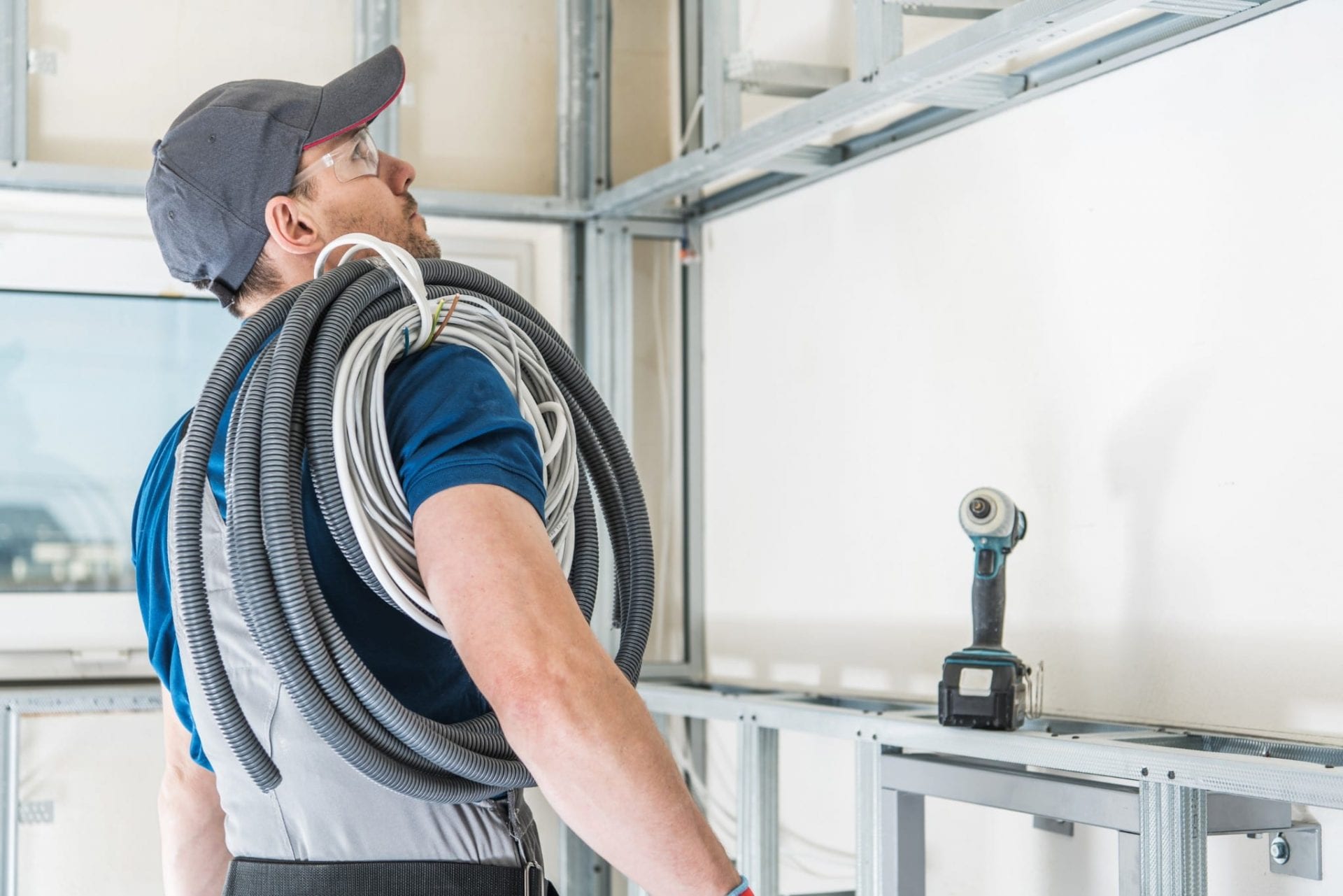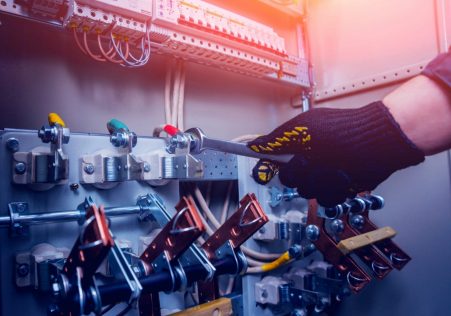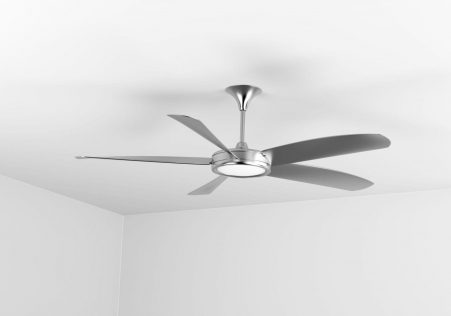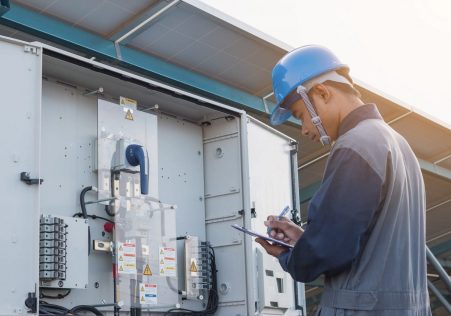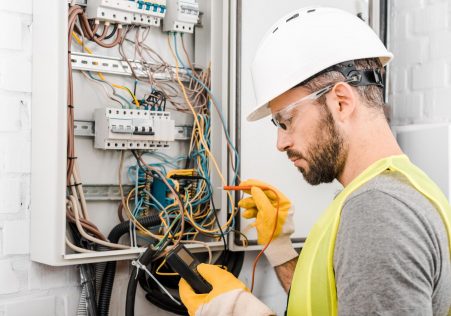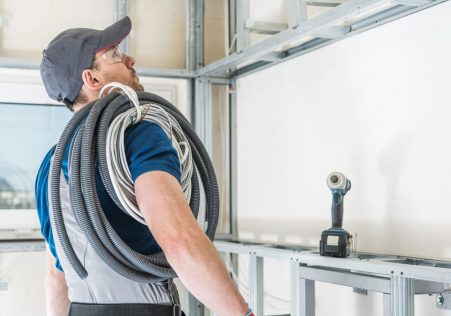A Homeowner's Guide to Identifying Live Wires: What You Need to Know

Knowing how to identify live wires is an important aspect of working with electrical wiring. Whether you’re an experienced electrician or a homeowner trying to fix an electrical issue It is crucial to learn how to recognize live wires and take the appropriate precautions to avoid hazardous accidents. The following article we will explain the importance of knowing how to identify live wires as well as the safety precautions you should take when working with electrical wiring.
Working with electrical wiring is extremely risky, and it’s essential to understand the risks associated with it. Electrocution is a very real danger, and can cause serious injuries, or even death. It is essential to ensure that you are well-equipped and tools to work with electrical wiring safely.
Understanding the basics of electrical wiring
Before we begin to identify live wires, it is important to know the definition of what they are. Live wires carry electrical current, and they could be risky if not dealt with properly. When it comes to electrical connections there are three kinds of wires: neutral, hot, and ground wires. The hot wires carry the electrical current while neutral wires carry return current and ground wires offer the safest route for excess current to flow.
Tools and precautions to identify Live Wires
Recognizing live wires requires use of the right equipment and safety measures. The most crucial tools is a non-contact voltage tester, which can detect electrical currents without making contact with the wires. It’s also important to turn off the power to the circuit you are working on and wear protective equipment, like protective gloves as well as safety glasses.
How to Identify Live Wires
Here are step-by-step instructions for identifying live wires:
- Switch off the power source to the circuit that you’ll be working on.
- Utilize a non-contact voltage tester to identify whether live wires are present. Hold the tester near the wire, and if it detects voltage, the tester will sound a beep or flash.
- Use a circuit breaker finder to determine the circuit breaker which controls the circuit. This will allow you to turn off the power to the circuit.
What to Do When You Discover a Live Wire
If you spot a live wire is important to shut off the power to the circuit as soon as you notice it. If you’re unsure about how to do this you should consult a professional. By shutting off the power, you keep any electrical current from flowing through the wires, and will lower the risk of injury or electrocution.
Conclusion
The identification of live wires is an essential part of working with electrical wiring. It is essential to take necessary precautions, such as using the right tools and shutting off the powerto avoid accidents. If you’re uncertain about how to identify live wires or have any concerns about wiring in your home do not hesitate to call an expert electrician, like Local Electrician Minto at 1300 610 481. They can help you with any electrical issues and ensure that your house is secure and in compliance with code.

